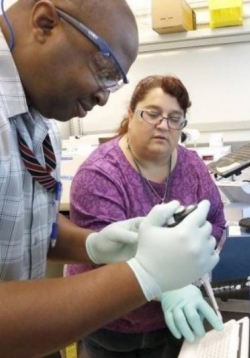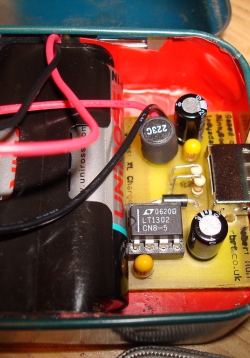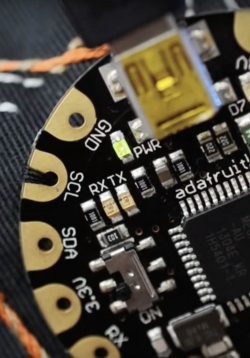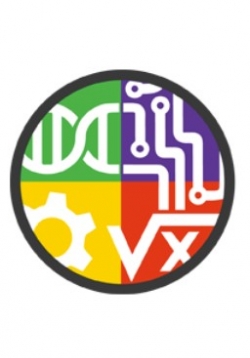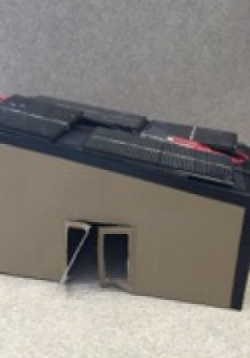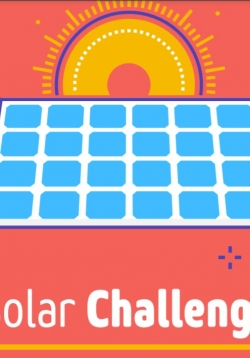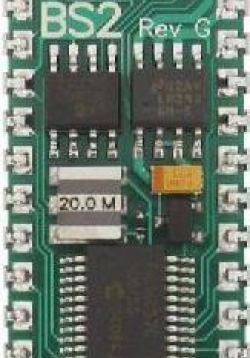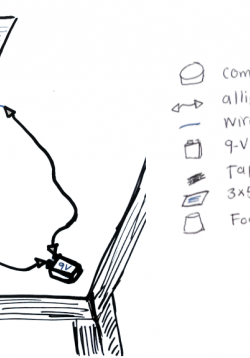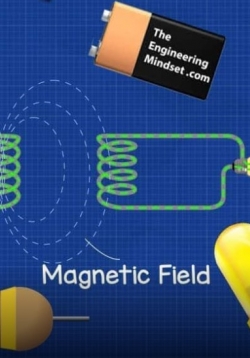
The Engineering Mindset is a series of illustrated comprehensive tutorials on electricity concepts, energy and engineering concepts, from topics as simple as electricity basics to complicated real-world technological applcations, especially building systems. They are a great go to resource for explaining complicated concepts in relatively simple, well-illustrated videos.

